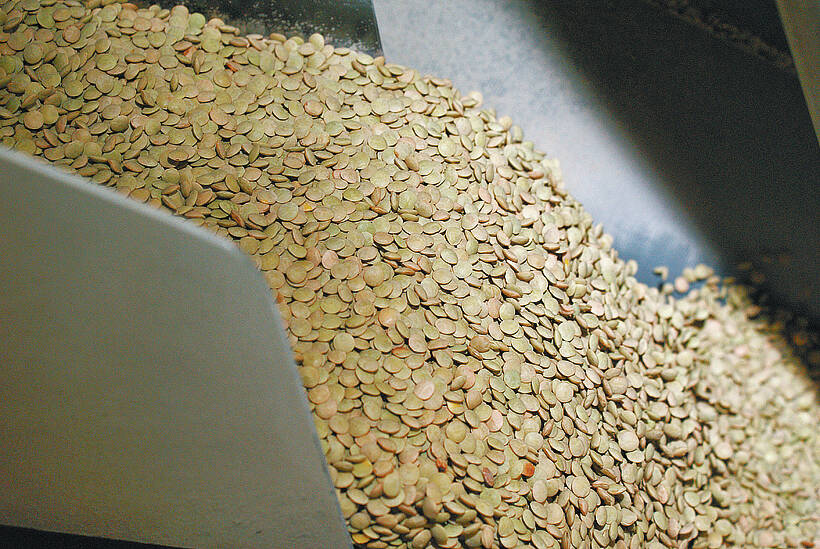Move the pulpit to the people
It is rare this winter when a week goes by without a farm rally somewhere in Saskatchewan.
They all are similar, with speakers desperate about paying their bills, angered by foreign subsidies, frustrated by governments’ slow reaction to the problem and bewildered about how little of the consumer’s dollar they get.
The problem is these rallies get noticed by a provincial audience, those who know the story and sympathize.
They don’t reach the vast number of Canadians who live in such big cities as Toronto and Vancouver.
Read Also

Green lentil market oversupplied
Farmers in Western Canada can expect price pressure on their new crop of green lentils, as the available supplies among the world’s major lentil-growing nations increase significantly.
Farmers need a more constant connection with urban people to make consumers aware of the good deal they get on food and win their political support.
Prairie farmers should look into creating a permanent retail presence in major urban centres.
Most big cities have food markets with a festive feeling. In Vancouver there is Granville Market, in Toronto the St. Lawrence Market, to name a couple. They feature regionally produced food and handicrafts and are popular.
Why can’t groups of prairie farmers, perhaps with the help of their provincial governments, create a similar type of marketplace that sells only foods produced here? They could also feature prairie artists and information on tourism.
They should be staffed by people from the rural Prairies, perhaps sons and daughters of farmers who want to keep a connection with the farm, but who can’t afford to get into the business. The producers themselves could take turns visiting the market, directly interacting with the customers.
An immediate advantage would be the profits generated by the operation.
But a more valuable benefit would be the direct link between farmers and urban consumers, allowing the exchange of information.
Kiosks could explain how much the farmer receives from the retail price of most processed foods.
Think of what impact such a market would have had late last year as the hog price crashed if it had invited the local media down to the “official slashing of pork prices.” Could the competing Safeways and Superstores not follow suit?
The market could explain how real farmers work, their concern for animal welfare and how and why they use pesticides.
Consumers, in turn, could make their interests known directly to farmers.
So when the spotlight falls on agricultural policy or the need for aid, the powerful urban voter will have some knowledge of and personal connection with the western farmer.














